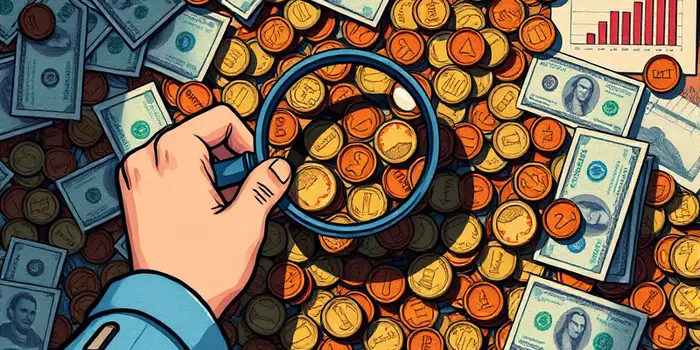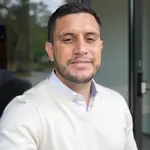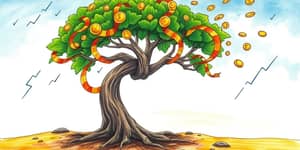We often pride ourselves on managing money wisely, yet hidden traps lurk beneath the surface. Recognizing those unseen risks can transform your financial life.
Like a driver unaware of a dirty windshield, we miss crucial details until something blindsides us. Becoming honest about these gaps is the first step toward lasting security and growth.
Understanding Financial Blind Spots
Financial blind spots are areas in your money life where you lack full awareness or hold misconceptions. These gaps can affect your savings, investments, and overall peace of mind. Without honest appraisal, they lead to unexpected financial setbacks and missed opportunities.
They arise from cognitive biases, emotional decisions, or simply failing to review statements. Over time, small leaks—like unnoticed fees—erode wealth and create frustration.
Common Personal Financial Blind Spots
Individual money managers frequently overlook key areas. Below is a table that summarizes the most prevalent personal blind spots, their impacts, and straightforward remedies.
This table highlights how simple errors, like failing to notice a 1% higher fee, can compound into tens of thousands lost over decades. Recognizing these potential pitfalls is vital for anyone seeking resilient finances.
Business and Investor Blind Spots
Enterprises and investors face their own hidden challenges. Lack of open revenue and expense reporting creates silos where critical data stays buried. When marketing budgets, R&D spending, and capital allocation aren’t aligned with objectives, growth stalls.
For investors, suboptimal asset location can cost up to 0.30% of annual returns. Over thirty years, that difference compounds dramatically. Avoiding tax-inefficiency means understanding where to hold bonds versus equities, and which accounts optimize long-term gains.
Family wealth also suffers. A staggering 70% of inherited fortunes vanish by the second generation, and 90% by the third. Without deliberate planning and education, generational assets slip through unseen cracks.
Identifying Your Blind Spots
Shining a light on hidden issues begins with deliberate practices. Here are proven steps to reveal what you don’t know:
- Self-reflection and honest audit. Question your spending habits and assumptions about money.
- Thorough budget analysis. Track every dollar, identify leaks, and adjust categories.
- Professional advice and financial literacy. Consult certified planners, accountants, or use reputable online tools.
- Regular reviews. Schedule quarterly check-ins on bank statements, policies, and portfolios.
- Peer or expert consultations. External eyes often catch what we miss ourselves.
Major life events—marriage, career changes, parenthood—can introduce entirely new blind spots. Treat these milestones as triggers for a comprehensive financial reassessment.
Consequences of Overlooking Blind Spots
Unchecked blind spots carry serious risks. From accumulating excessive debt to missing tax-saving opportunities, the fallout can derail your progress. Emergency fund neglect often forces families into high-interest credit, creating stress and limiting choices.
For businesses, hidden inefficiencies translate into lost market share and eroded competitiveness. Investors who ignore cost structures or ignore portfolio drift end up with returns that trail benchmarks.
Ultimately, ignoring these gaps diminishes future options and compounds regrets. The longer you wait, the steeper the climb to reclaim lost ground.
Strategies to Close the Awareness Gap
Building resilience requires both mindset shifts and tangible actions. Adopt these strategies to strengthen your financial foundation:
- Maintain transparent record-keeping for all accounts, credit cards, and policies.
- Automate savings contributions to avoid procrastination.
- Use apps and tools to flag recurring subscriptions and hidden charges.
- Attend workshops or webinars to stay current with tax laws and investment innovations.
- Establish an accountability partner or small peer group for quarterly reviews.
By institutionalizing these habits, you create an ongoing process of discovery and correction. This proactive stance helps you spot trends early, adjust strategies, and seize new opportunities.
Conclusion: Embrace Honest Self-Assessment
Confronting financial blind spots demands courage and discipline. Yet the rewards are profound: greater security, empowered decision-making, and the freedom to pursue dreams without hidden shackles.
As Mark DiGiovanni reminds us, “When you have a blind spot, you don’t realize until something blindsides you.” By shining light on the unknown and enlisting support, you transform vulnerability into strength. Start today—review one statement, question one assumption, and commit to a clearer, more confident financial future.
References
- https://www.activtrak.com/blog/blind-spots-in-business/
- https://www.creditfresh.com/blog/how-to-identify-your-financial-blind-spots/
- https://www.kiplinger.com/personal-finance/common-financial-blind-spots-and-how-to-navigate-them
- https://www.entrepreneur.com/growing-a-business/5-financial-blind-spots-that-could-be-preventing-you-from/474860
- https://www.3riversfcu.org/blog/post/master-your-money-skills-by-finding-your-financial-blind-spots
- https://www.sunmark.org/connect/sunmark-360/how-fill-your-financial-blind-spots
- https://journals.sagepub.com/doi/10.1177/14413582241264619










